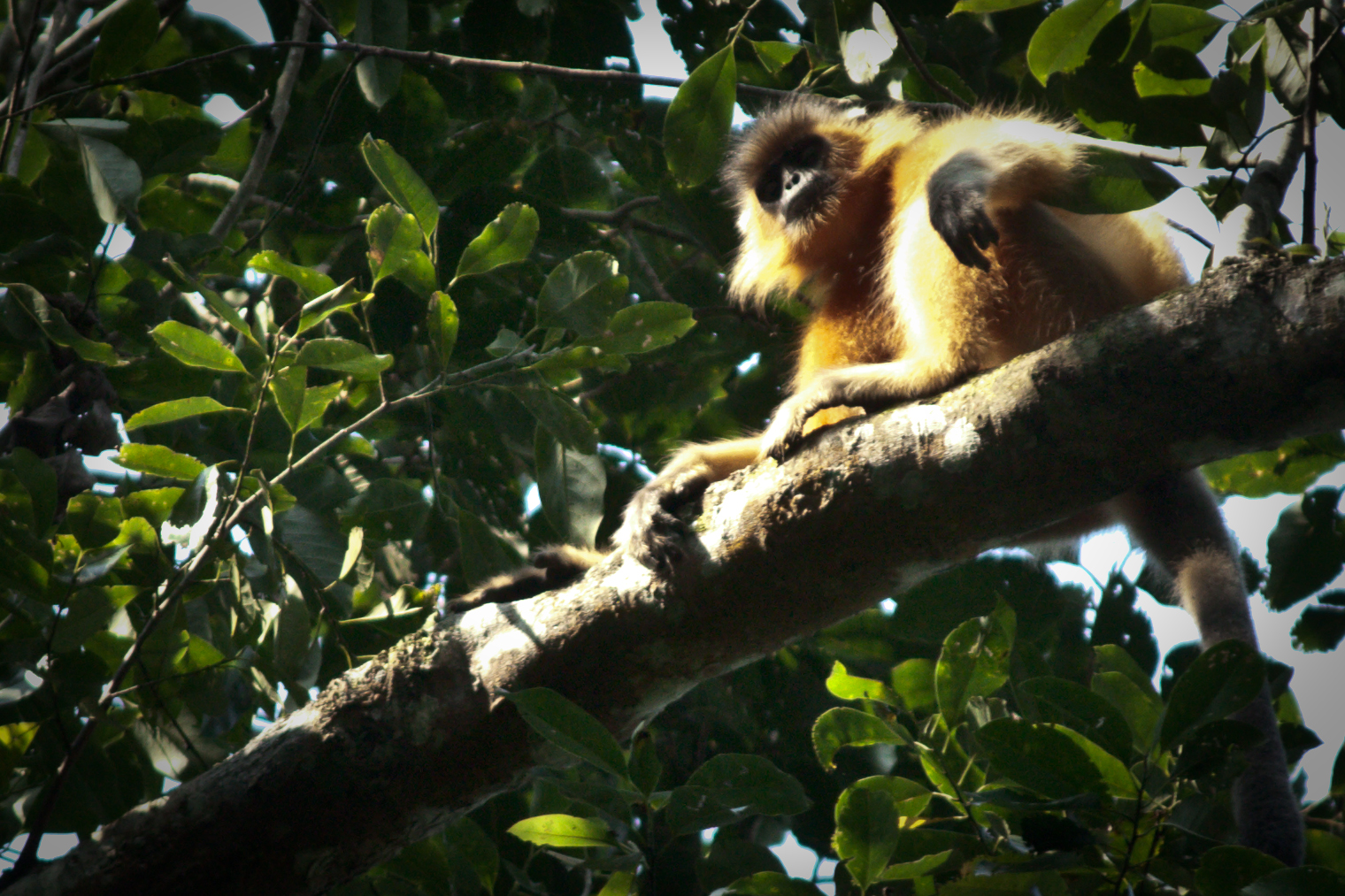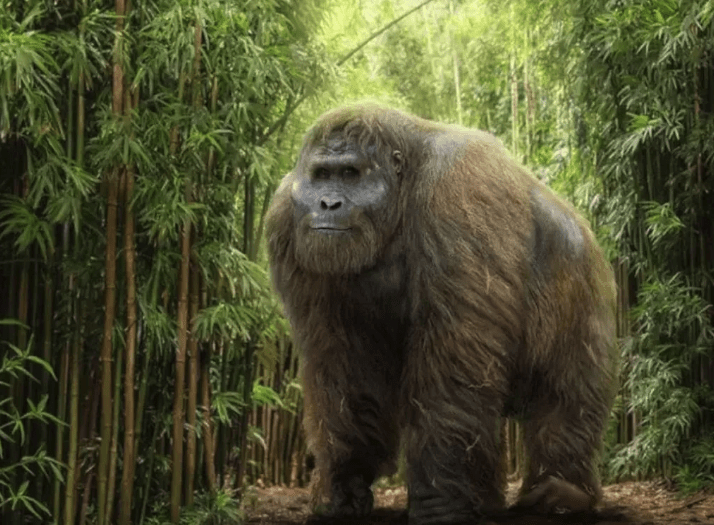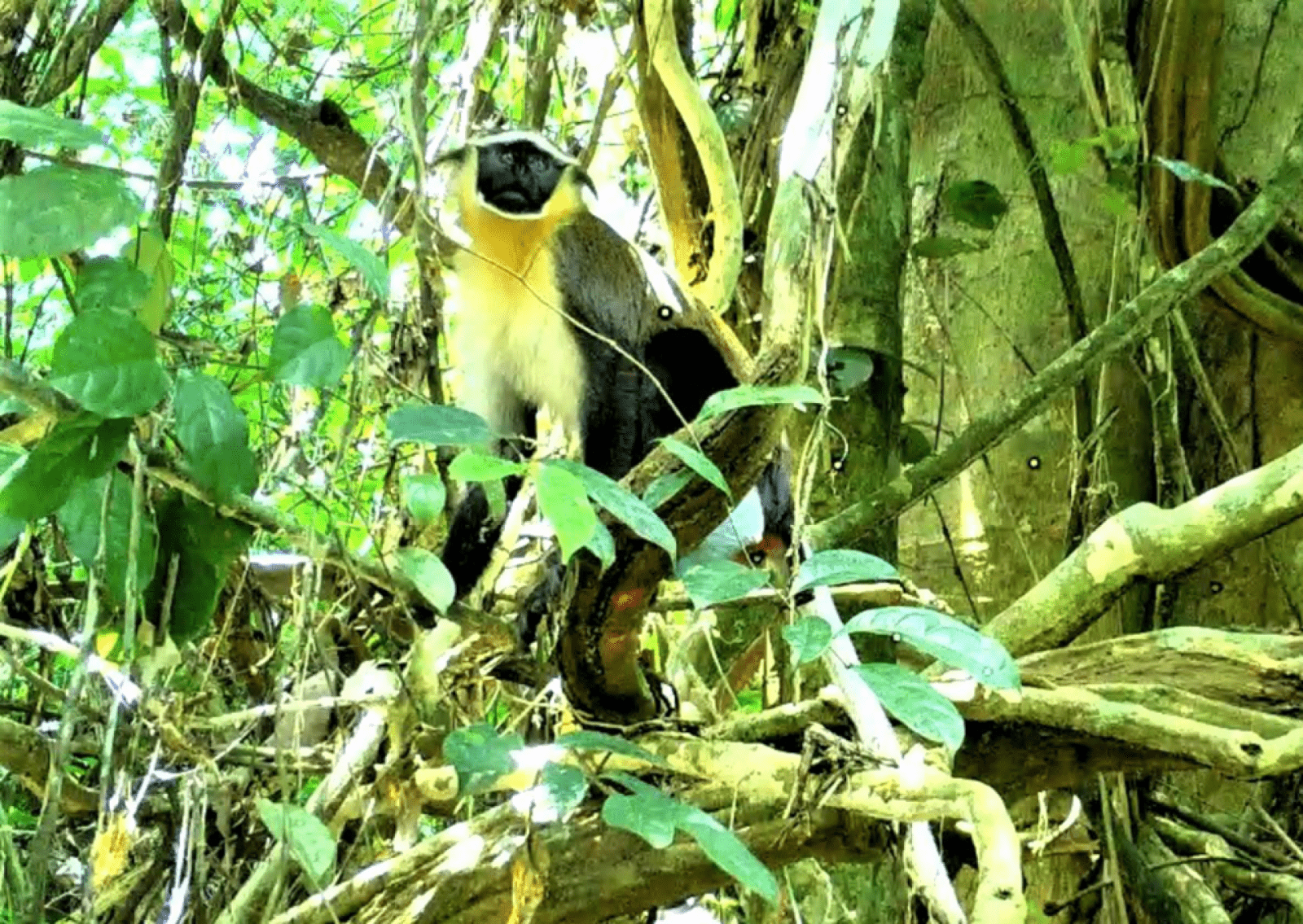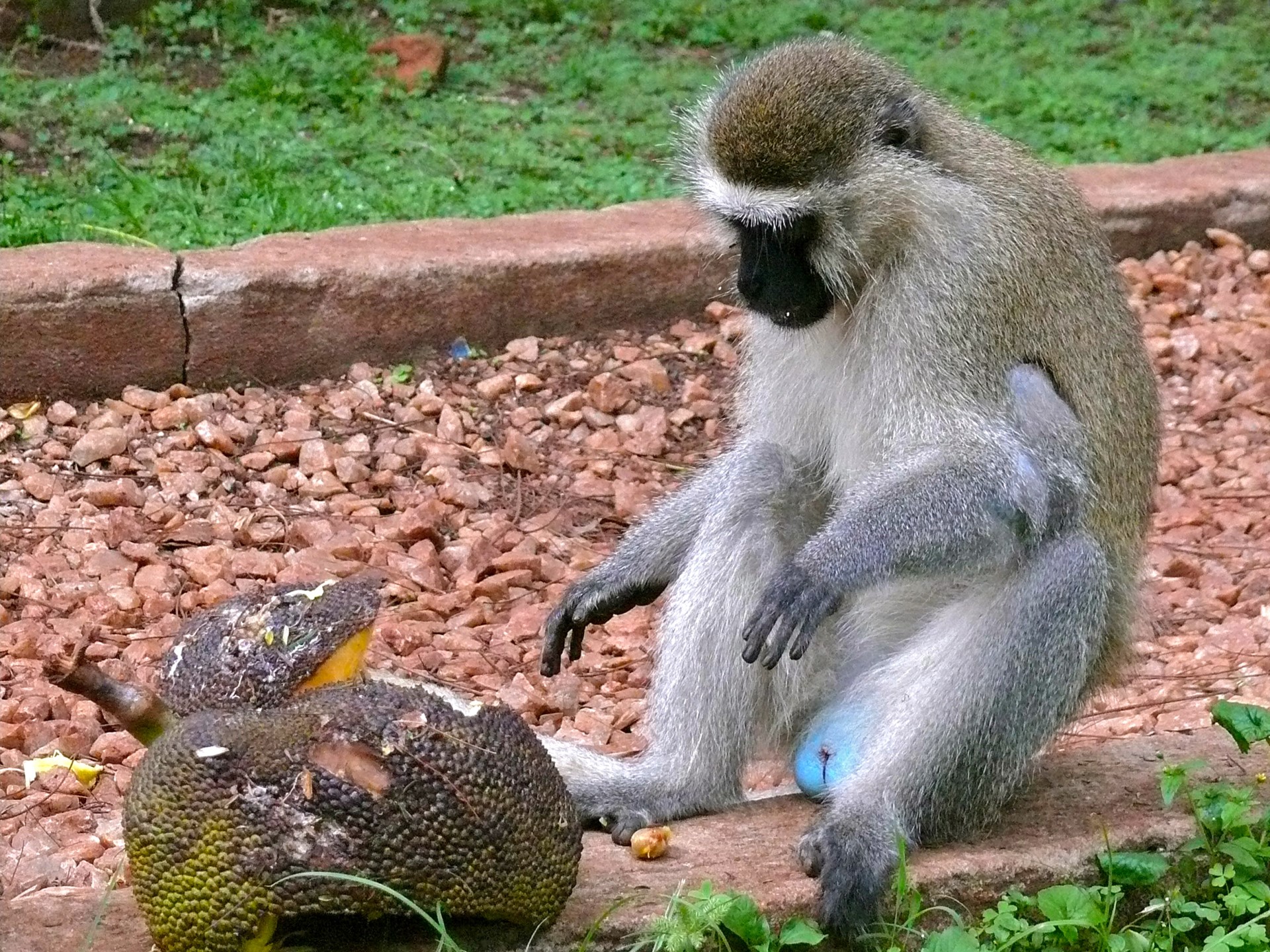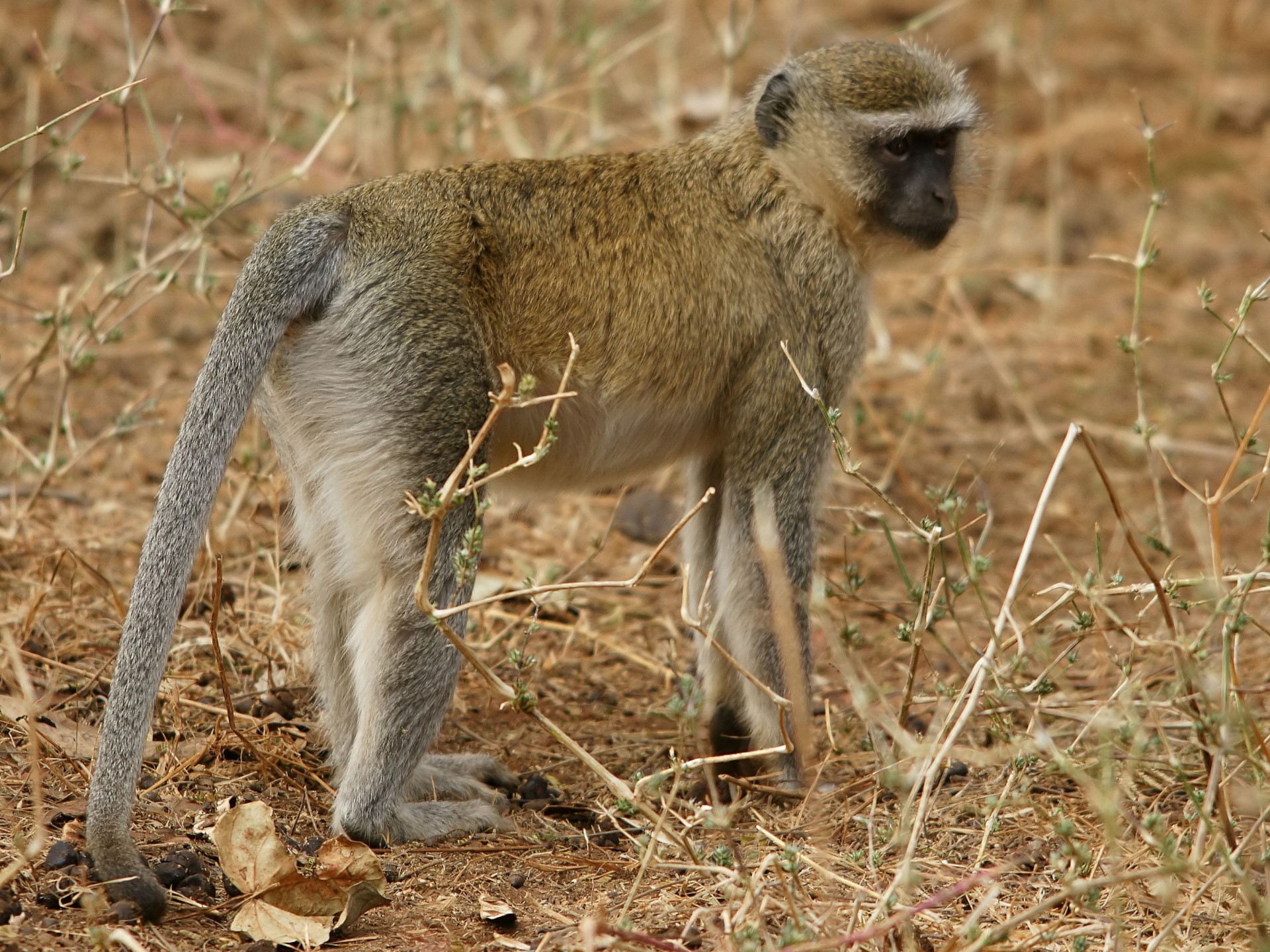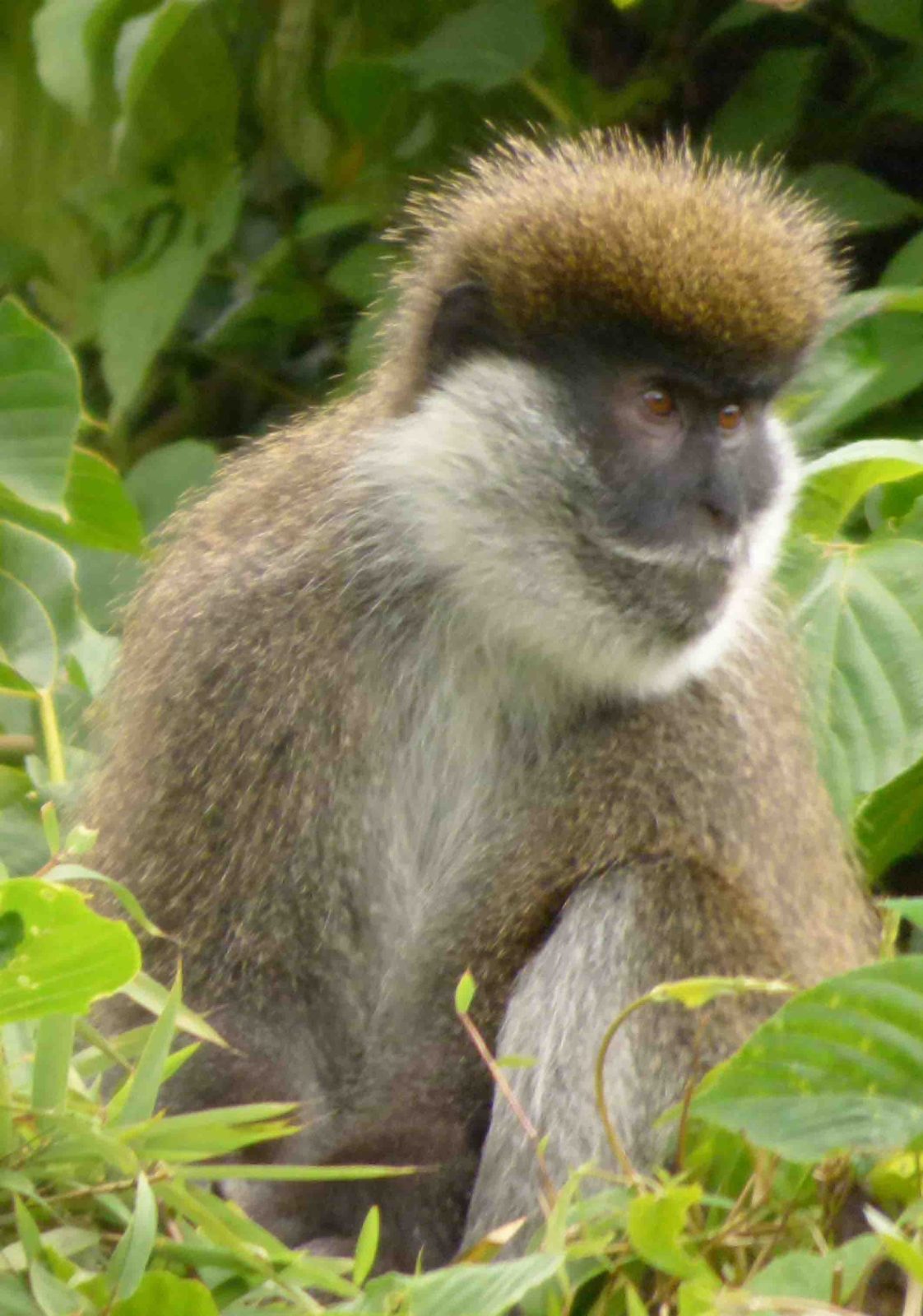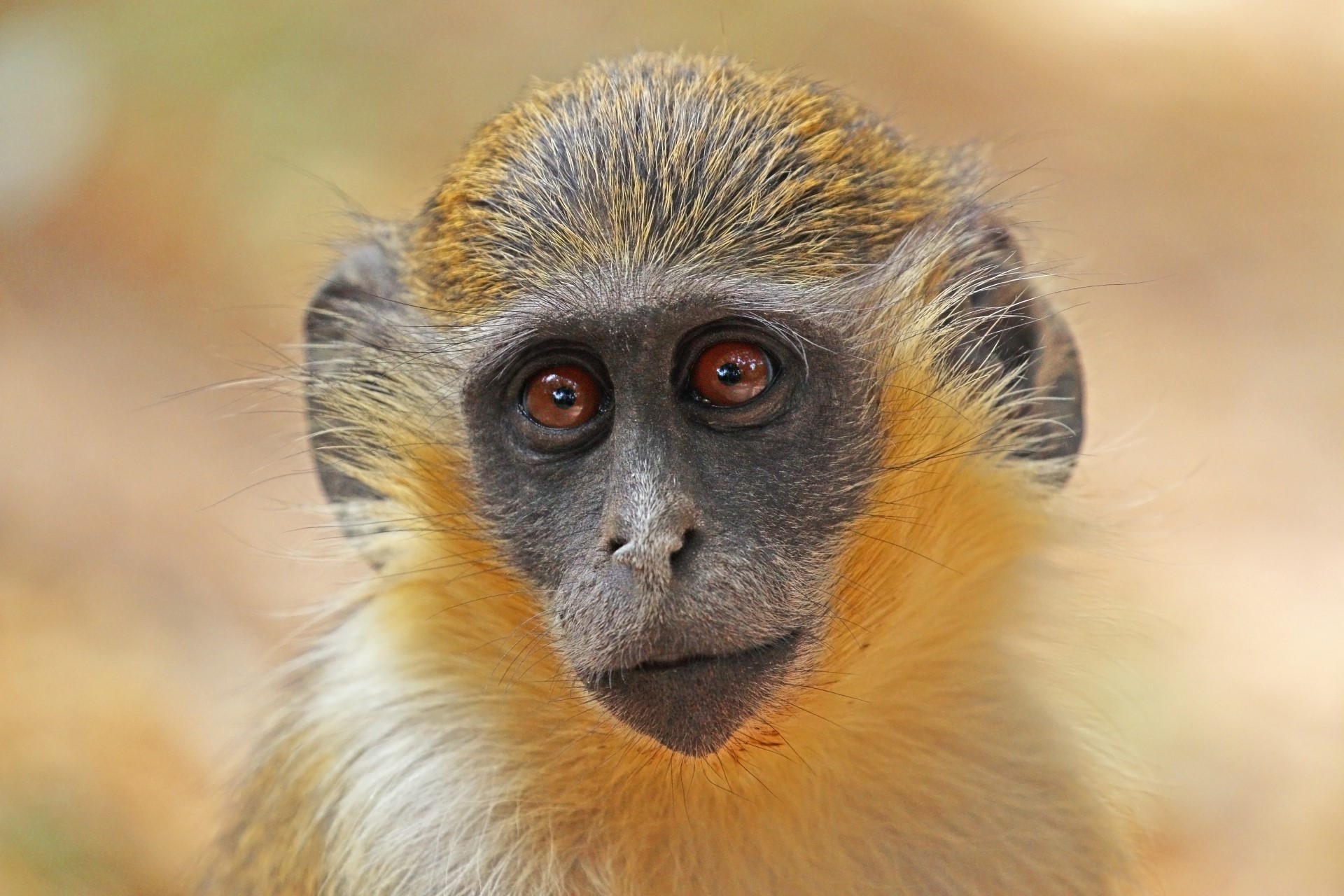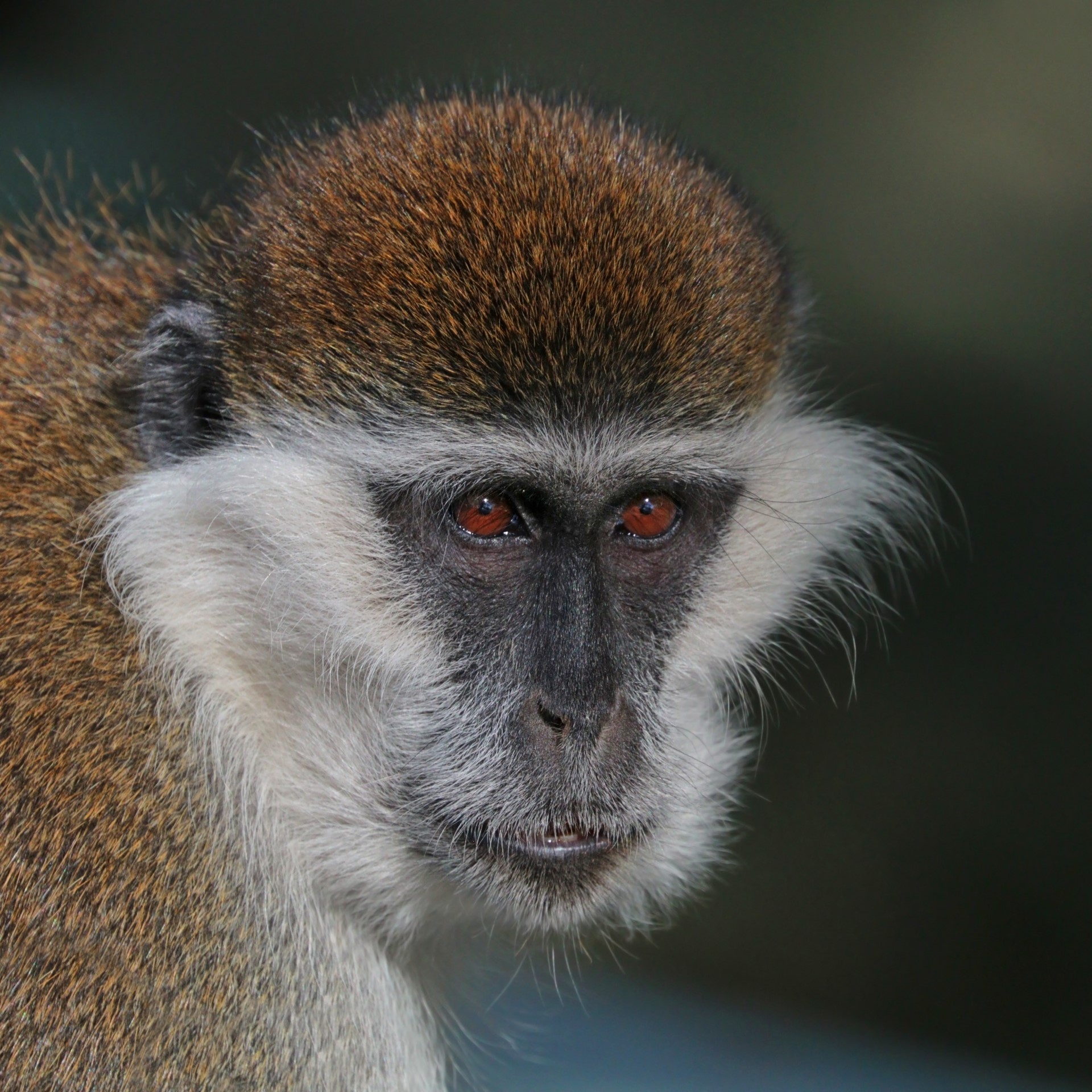It would appear that chimpanzee medicine is quite a complicated field.
- Christella parasitica: A fern with anti-inflammatory properties that one chimp ate to reduce pain and swelling in an injured hand
- Scutia myrtina: A cat-thorn tree whose bark was consumed by a chimp with a parasitic infection
- Khaya anthotheca: An East African mahogany tree whose bark and resin have anti-inflammatory effects
- Antiaris toxicaria: A plant with leaves that have anti-tumour properties
- Cordia abyssinica: A plant with pith that has anti-malarial and anti-bacterial properties
- Ficus capensis: A plant with anti-bacterial properties
- Ficus natalensis: A plant with bark that has anti-diarrheal properties
- Ficus urceolaris: A plant with leaves that act as a de-worming agent
- Vernonia amygdalina: An African relative of the daisy whose pith is consumed to get rid of intestinal worms
- They have been known to apply insects to injuries – the insects may have anti-inflammatory or antiseptic properties that help heal wounds. Chimpanzees also have quite a range of cultural behaviours, so there are some of their behaviours with little notable purpose behind them (though it is possible that some or all of these may prove to have a purpose that we as observers have not yet discovered)
This is a significant range of conditions that can be treated, though it should also be noted, that this knowledge is likely to be shared in the group, as no one individual will have seen their mother suffer from all these conditions.
While gorilla medicine does not appear to be quite as advanced, it does include
- Fromager tree (Ceiba pentandra) – The bark of this tree contains chemicals that are effective against multidrug-resistant strains of E. coli.
- Giant yellow mulberry (Myrianthus arboreus) – The bark of this tree contains chemicals that are effective against multidrug-resistant strains of E. coli.
- African teak (Milicia excelsa) – The bark of this tree contains chemicals that are effective against multidrug-resistant strains of E. coli.
- Fig trees (Ficus) – The bark of these trees contains chemicals that are effective against multidrug-resistant strains of E. coli.
Orangutans have also been observed –
- Rakus the Sumatran orangutan – In June 2022, researchers observed Rakus treating a wound on his cheek with a poultice made from the leaves of the Akar Kuning plant. Rakus chewed the leaves, applied the juice to the wound, and repeated the process several times. The wound was fully closed within eight days. This was the first time scientists observed a wild animal using a medicinal plant to treat an injury.
- Bornean orangutans have been observed eating plants with known medicinal properties, including ginger leaves and stem, and plants used by traditional healers to treat internal illness, tumors, and hemorrhage.
- Orangutans also use plant extracts to treat pain.
- Dracaena cantleyi – A study found that orangutans use the bioactive properties of Dracaena cantleyi for self-medication.
And finally, Bonobo –
- Manniophyton fulvum – Bonobos have been observed swallowing the leaves and stem strips of this plant, which has medicinal properties.
- Leaf-swallowing – Bonobos may swallow leaves as a form of self-medication. One hypothesis is that the leaves act as a time-release capsule, with medicinal and scouring effects.
- Overlapping plant use – Bonobos’ food repertoire overlaps with many plant species used by local populations to treat disease.
It perhaps should not be a surprise that other great apes have the ability to treat simple ailments – after all, there are a wide range of illnesses, for which a sensible treatment is very simple. One of the most common simple long known treatments in humans in dock leaves – when rubbed on a stinging nettle sting, it greatly reduces both the pain and irritancy of the of the sting. It is not even restricted to the great apes with birds, bees, lizards, and elephants all regularly treating simple conditions. Even a domestic dog knows to eat grass when feeling sick.

